Table of Contents
Top 10 things not to do around a truck
Awareness
As I’m soon getting back on the road in my truck, the idea came to me to do an awareness article for you, dear motorists. With the nice weather, more and more people want to get on the road, which results in more undesirable behavior.
Driving courses, which we usually take around the age of 17, are more or less adapted to the reality of truckers. This is what made me want to help you adopt safe driving around heavy trucks.
Many people see heavy trucks as burdens on the road. Too long, too slow, too wide, too high and most of all EVERYWHERE!
Yes, trucks are everywhere, but you have to keep in mind that they are the reason why you are dressed and can do your grocery shopping.
I have put together a top 10 list of undesirable behaviors to avoid around a truck. I also suggest better behaviors to adopt.
All of the situations listed here are REAL and many truckers experience them every day. Imagine the number of undesirable behaviors that this creates, every day on the roads…
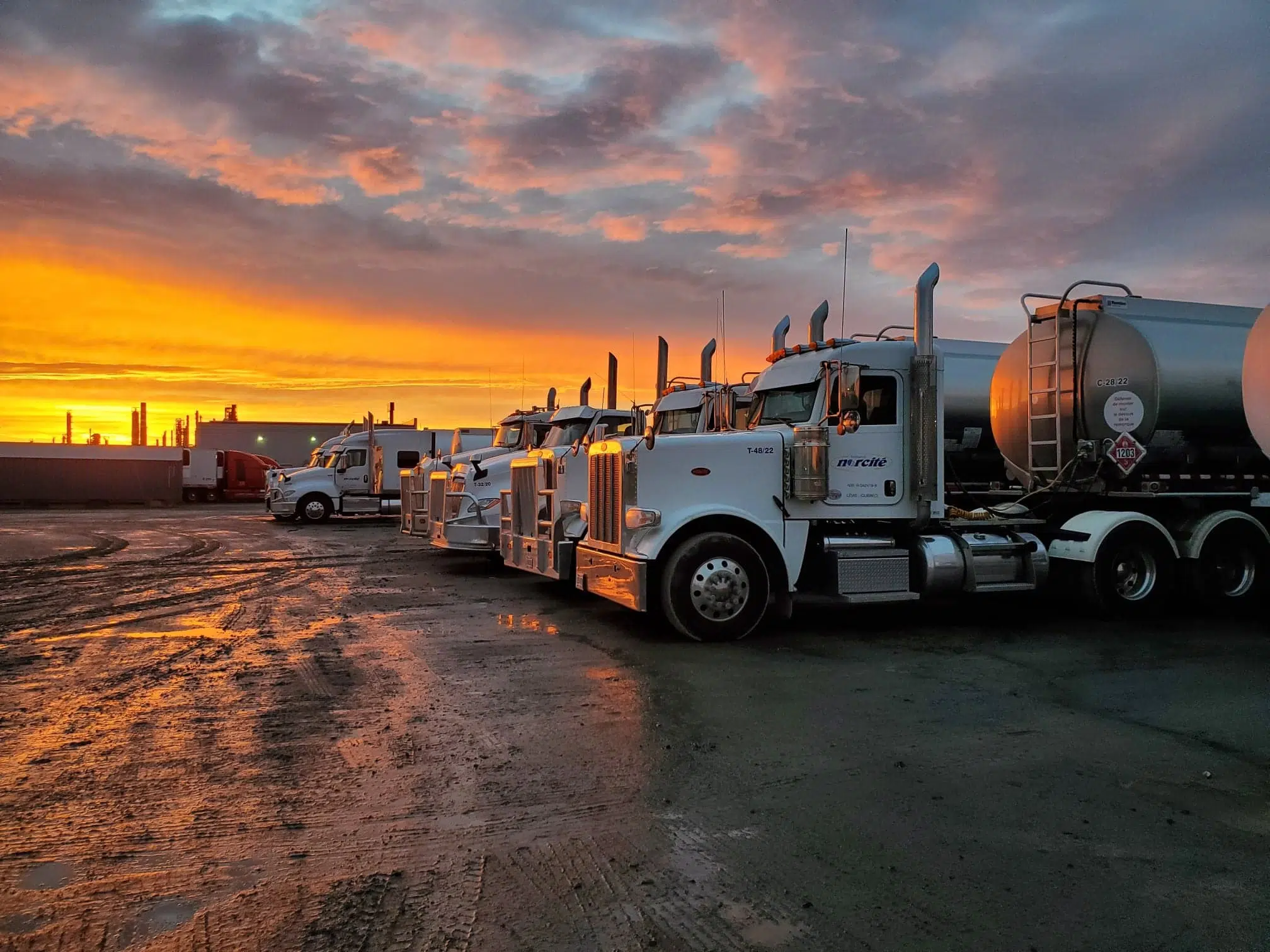
1. Blind spot
As you all know, a truck has several blind spots. This is mainly due to its size and configuration. How many drivers are really AWARE of the blind spot of trucks?
Every day, whether I’m driving a car, a motorcycle or a truck, I see and experience this behavior. People drive in the left lane to “pass” a truck, but don’t drive fast enough. As a result, they drive for several seconds next to a truck.
The fast lane is a passing lane, and the law says we are not allowed to drive in it for a long time. It is an emergency lane for some vehicles, but it is also an escape route for a truck if something happens in front of it.
The best example I can give you is this: if a car enters the highway very slowly, as it often does, a truck that feels it does not have time to brake for it will try to change lanes.
YOU, the motorist, who stays next to the truck, in the middle of the trailer, run the risk that it will move over and push you into the left shoulder, if it has to move fast.
The word blind spot says it all: he might not see you before he makes his move, even if he looks three times.

Blind spot at the front
A heavy truck not only has big blind spots on the side, but also on the front. You’ve probably all seen videos of a heavy truck “dragging” a car on its bumper without realizing it… IT HAPPENS FOR REAL, you can’t be seen.
You, the motorist, who realizes you are in the wrong lane at the light and decides to change lanes, have noticed just enough space in front of the truck beside you… BAD IDEA!
You can be sure the truck driver doesn’t see you change lanes. You can also be sure he gets on your car when the light turns green. He doesn’t know there’s no more room, so he won’t wait for you to get out of the way before clutching.
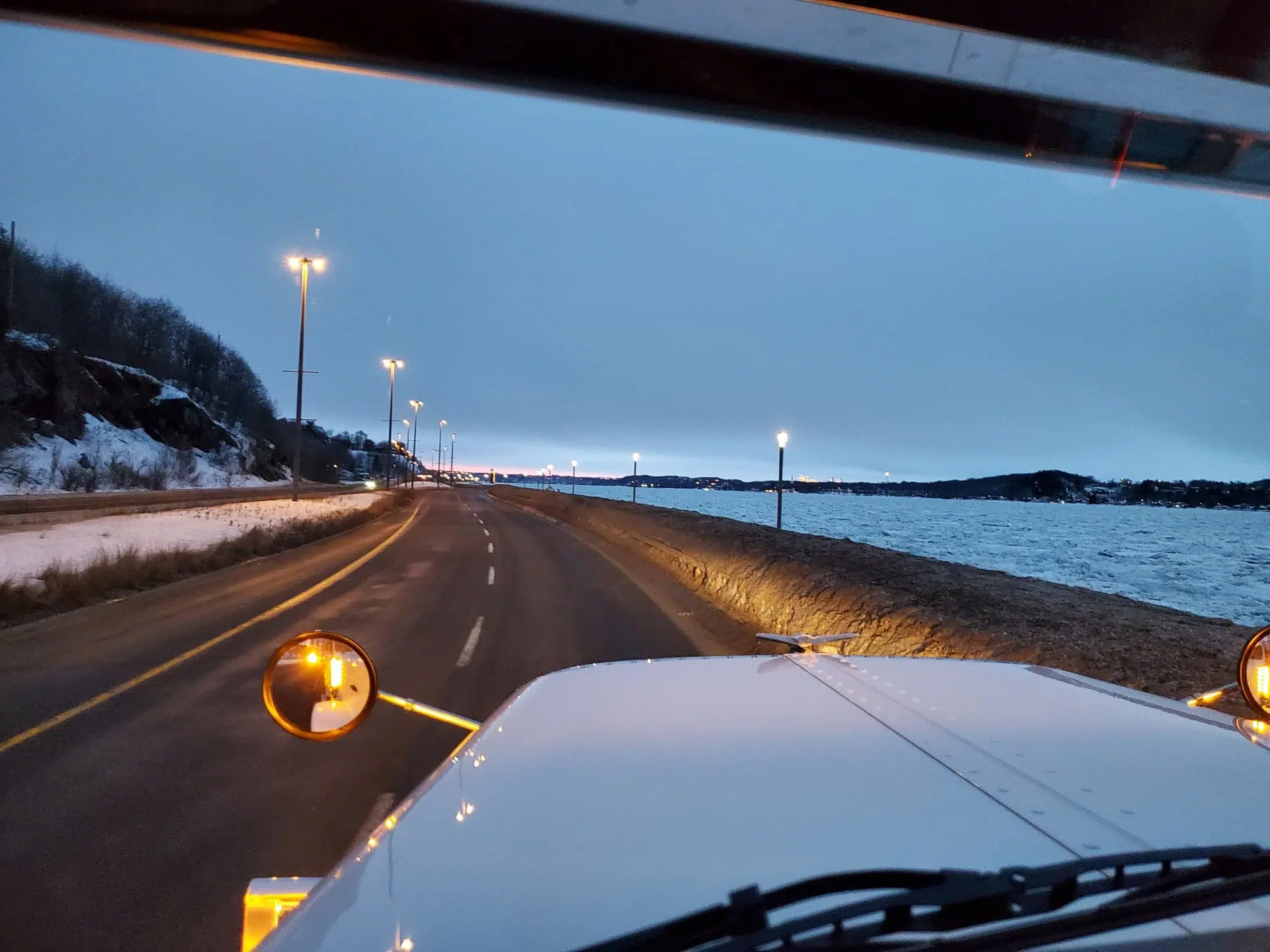
2. Safe distance
Talking to you about blind spots leads me to talk about the safe distance to adopt near a heavy vehicle. Too many people drive too close behind and don’t know it.
We all agree that you can’t see what’s going on behind a truck, so why drive so close?
If the truck makes a quick lane change because there is something on the ground in the middle of the road for example, and you follow too closely… you will hit the object. You won’t have time to see the object and make your maneuver once the trailer has finished changing lanes.
The best tip I can give you for safe distance is the mirrors on the truck. If you can’t see the mirrors, then the driver can’t see your car behind either. So you are too close.
Let’s face it, it’s irritating to have a car “stick to your backside”, especially in a truck, because you only see it when you take a good curve.
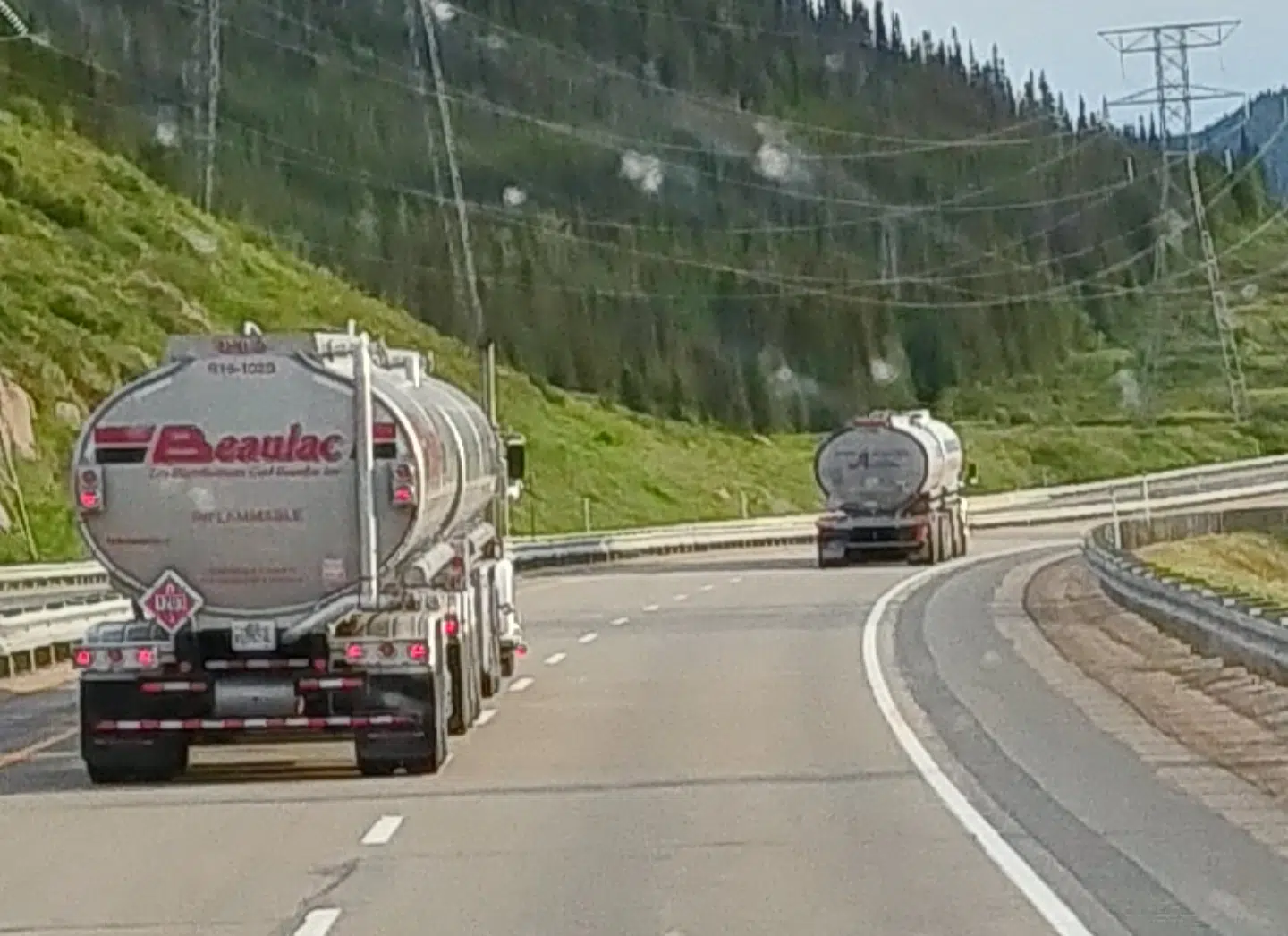
3. Braking distance
Not only is it recommended to maintain a safe distance behind a truck, but it is even more important IN FRONT. Although trucks have many brakes, they cannot brake suddenly.
Take the traffic lanes on the highway, for example. You’re driving 100 km/h and you see in the distance, 2 km ahead, that the line is starting and it’s not moving. The best bad idea you can have is to jump in front of a heavy truck to get in line.
The truck calculates its stop several meters in advance. It needs at least 3 truck lengths to brake a fully loaded trailer. Too often, people have the reflex to “pull over” at the end of the line, without looking at what’s behind.
What if it’s a heavy truck? By doing so, you considerably reduce its braking distance and run the risk of getting hit. Despite the trucker’s best intentions, if there is not enough space, he will not be able to stop his truck before hitting you.
Moral: NEVER brake in front of a truck at high speed.
4. Change of lane
Another uncivilized attitude towards trucks on the road is to not WANT to let them pass. When traffic is heavy and a truck puts on its blinker, it needs to change lane.
Trucks are long, they need lots of room in front and behind to make the maneuver. Sadly, people don’t want to get behind a truck for even a minute at most: they don’t give them a chance.
Why does a truck want to change lanes? To avoid an object on the road, to take an exit, to respect the safety corridor of the police and tow trucks, or to pass. All good reasons…
A truck gives advance notice that it intends to make a lane change. You, the motorist, accelerating right behind when you see the turn signal, are the first one I’m happy to cut off. This behavior is uncivilized and intolerable.
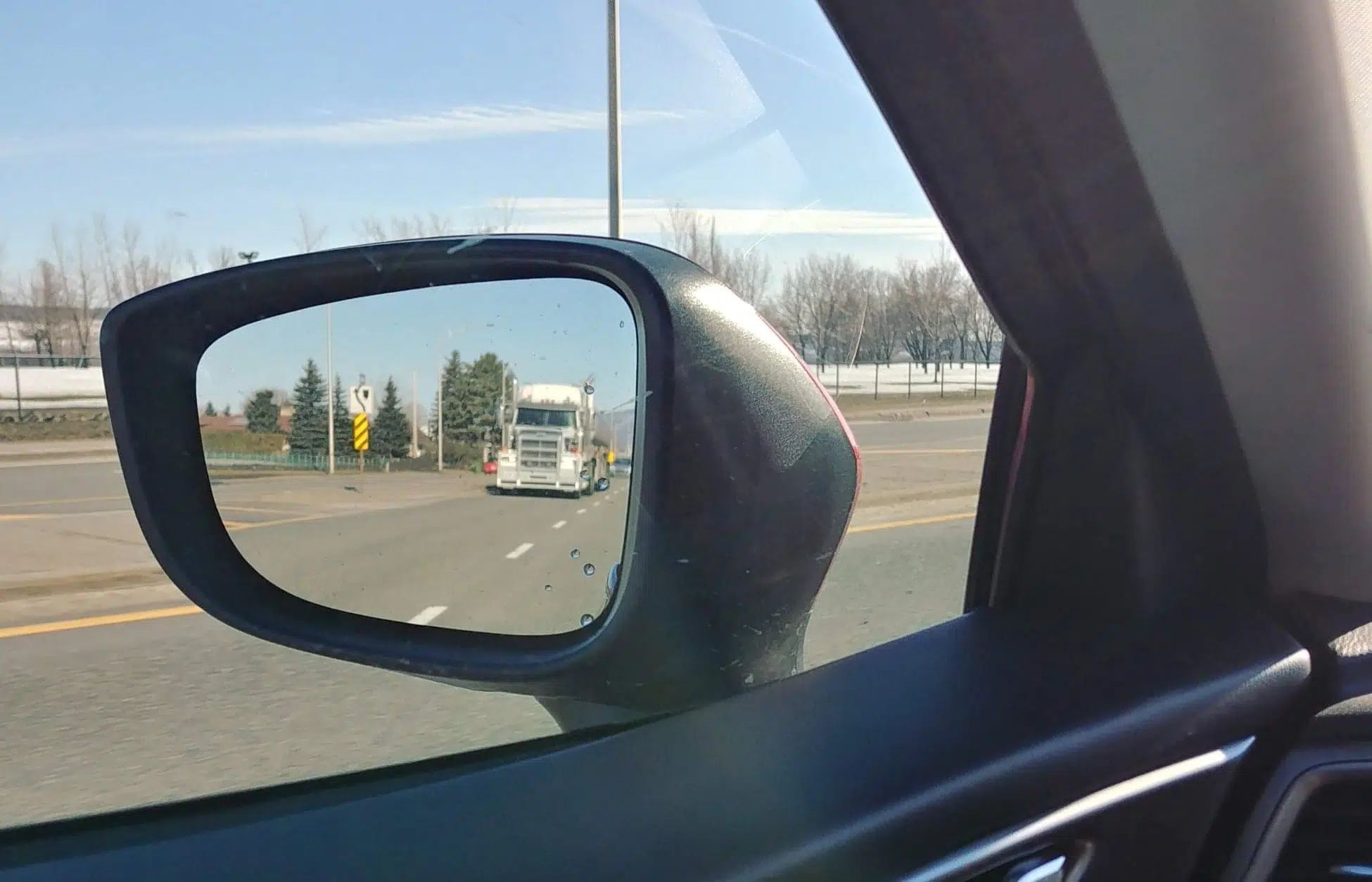
5. Stop line and corner
Everyone has noticed that there are big white lines at stops and lights, sometimes even with a big sign! These lines are stop lines and are NOT decorations. You must stop your vehicle BEHIND the line.
Many times the turns are too tight for a truck, especially in rural and urban areas. Most of the time a truck will encroach into the oncoming lane while making the turn. The lines were designed to allow enough room for a truck to make the turn.
If you were in a hurry and stopped your vehicle in front of this line, expect to have to back up when the truck turns in your direction. A trucker will choose 100 times to back up a motorist instead of tearing down a pole.
Yes, stretching left turns can allow you to turn right without encroaching on you, but sometimes it’s too tight even when stretching left. Stick to your stop lines, you’ll save a lot more time 😉
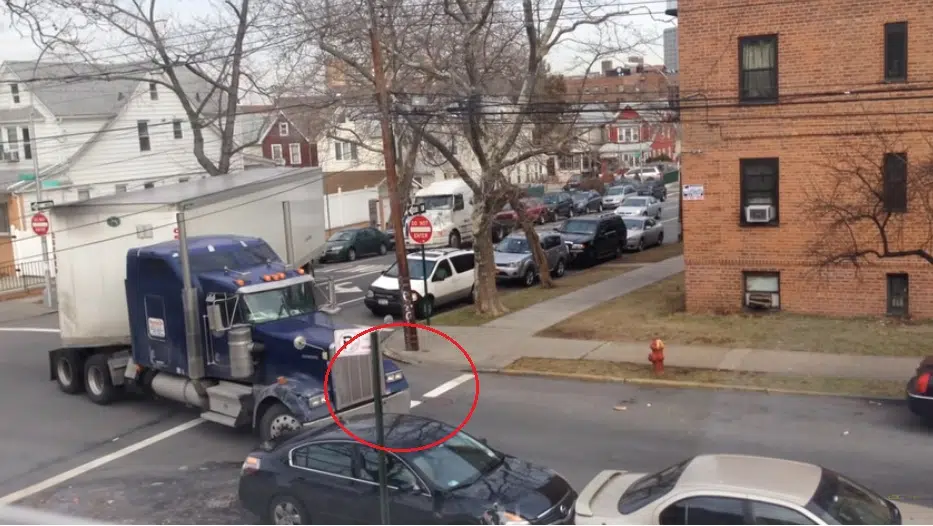
6. Loading dock and backing up
It’s more common than you might think: a truck has to start reversing down the street to back up to the loading dock. Most shops, businesses, etc. are not designed to accommodate a 53′.
The behavior I often see is this: a motorist passing a truck that is in reverse. YES, there is space in front because the truck is “broken,” BUT that space is only there for a few seconds!
Be assured that there will be no space left on the street at all when the truck pulls up straight to finish its reversing maneuver.
You, the motorist, who is swerving because you are in too much of a hurry to wait 10 seconds, run the risk that he will unfold on you BECAUSE HE IS NOT LOOKING AT YOU. The trucker is busy looking behind him, he doesn’t see you coming forward and weaving dangerously.
By the way, if you see an oncoming truck parked on the 4 turn signals, it’s waiting for the line of cars to finish passing before backing up to the loading dock.
Notice the endless traffic? Do what I do, stop in the middle of the road, away from the truck and give him the opportunity to make his move by blocking the others behind you.
He will be grateful.

7. Parking
A parked truck is a sign of danger. NEVER park your vehicle behind a truck.
First, maybe there isn’t enough space in front of him and he will have to back up to leave, so you block him.
Or, maybe he just finished inspecting his equipment and didn’t see you park behind him AFTER he checked to make sure the space was vacant.
Why do I say this? Testimonial from someone I know… The trucker did a complete walk around of his equipment, got into his truck to back out of the space. As he turned on the ignition, a car parked behind him, out of sight.
The result was inevitable, he backed up and boarded the car. Stay away from heavy vehicles, even if they are not moving.
One last thing: if you notice a loading dock at the back of a parking lot, have the bright idea not to park directly in front of it… A truck needs a lot of space in front and on the sides to back up to the dock, depending on the configuration of the place.

8. Cruising speed
The next section is the one that makes me the most angry when someone does this undesirable thing to me. The cruising speed of a truck is usually 100 km/h, some go 105 and some go 95.
You, motorist, who drives at 90 km/h, do not pass a truck at a red light… Let me explain. Let’s take the 138 in Quebec City, commonly called Ste-Anne Boulevard… There are about 15 lights on this 2-lane boulevard. The speed limit is 90 km/h.
Trucks drive at 100 km/h, it’s tolerated. But some motorists drive at 80 or 85 at the most. YOU who get passed by a truck and then move to the left of it at the red light, you piss me off.
It takes miles of preparation to make a pass. You will be going faster, so the time to catch up will be considerable. There will be several cars on the left, so there is no room to change lanes and pass you again.
There is nothing more frustrating for a trucker than having to pass the same car over and over again, the one that is slowing him down. So stay behind the truck at the light, you don’t have to get up to speed quickly…
Anyway, driving at 80 km/h in such a zone… don’t tell me you are in a hurry 😉
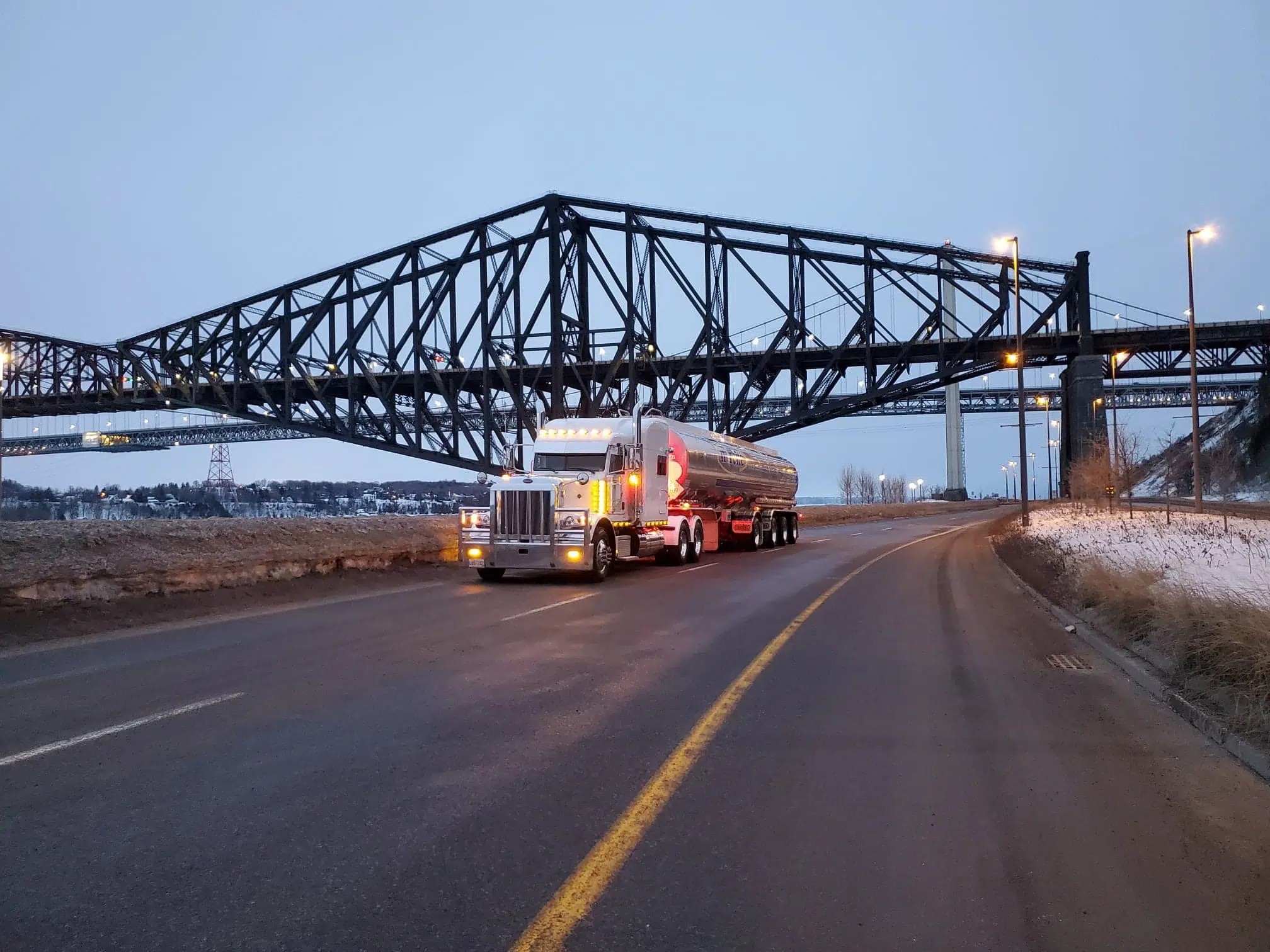
9. Construction Zone
The famous construction zones: what additional safety behaviors should be adopted? First of all, distance is even more important. It is not uncommon for traffic to suddenly slow down in a construction zone.
Secondly, clearing the adjacent lane is essential when coming to a fork in the road. More often than not, the lanes are not wide enough for trucks, so the axles of the trailer often encroach on the other lanes at a fork in the road or on a curve.
There is no magic formula: in a construction zone, stay away from a heavy vehicle, you will avoid an accidental collision.
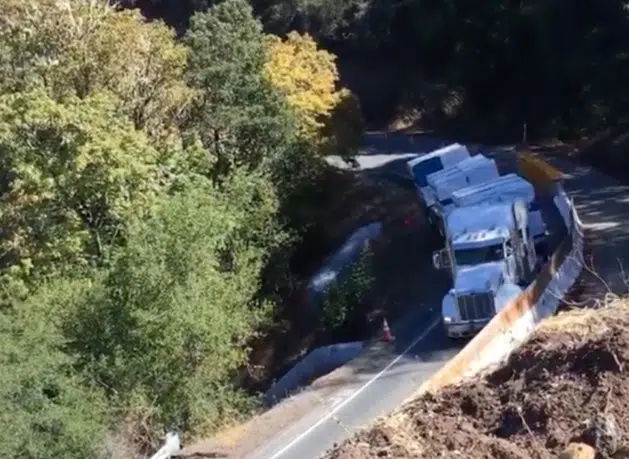
10. Braking and turn signal
The last point is not only valid for a truck, but ALL THE TIME. Ladies and gentlemen, if you don’t use your turn signals, you are dangerous.
Whether you are turning onto a street or entering a business parking lot, signal ahead of time! All too often people brake BEFORE they signal. You are taking drivers around you by surprise by doing this.
You also run the risk of being hit by a truck. Signal your intentions in advance, we can NEVER say it enough. In any case, if a vehicle is equipped with turn signals in its manufacture, it is for a reason: they are essential.
Conclusion
The ten undesirable behaviors listed above are all dangerous acts that cause collisions every day. People either don’t know about defensive driving, or they know about it and don’t do it by choice.
Truckers are exasperated with the driving of many motorists. Being too careful never killed anyone. Many times, you save time by avoiding a collision.
I hope I have succeeded in educating many people about safe driving around trucks. This article might be worth saving for those with short memories.
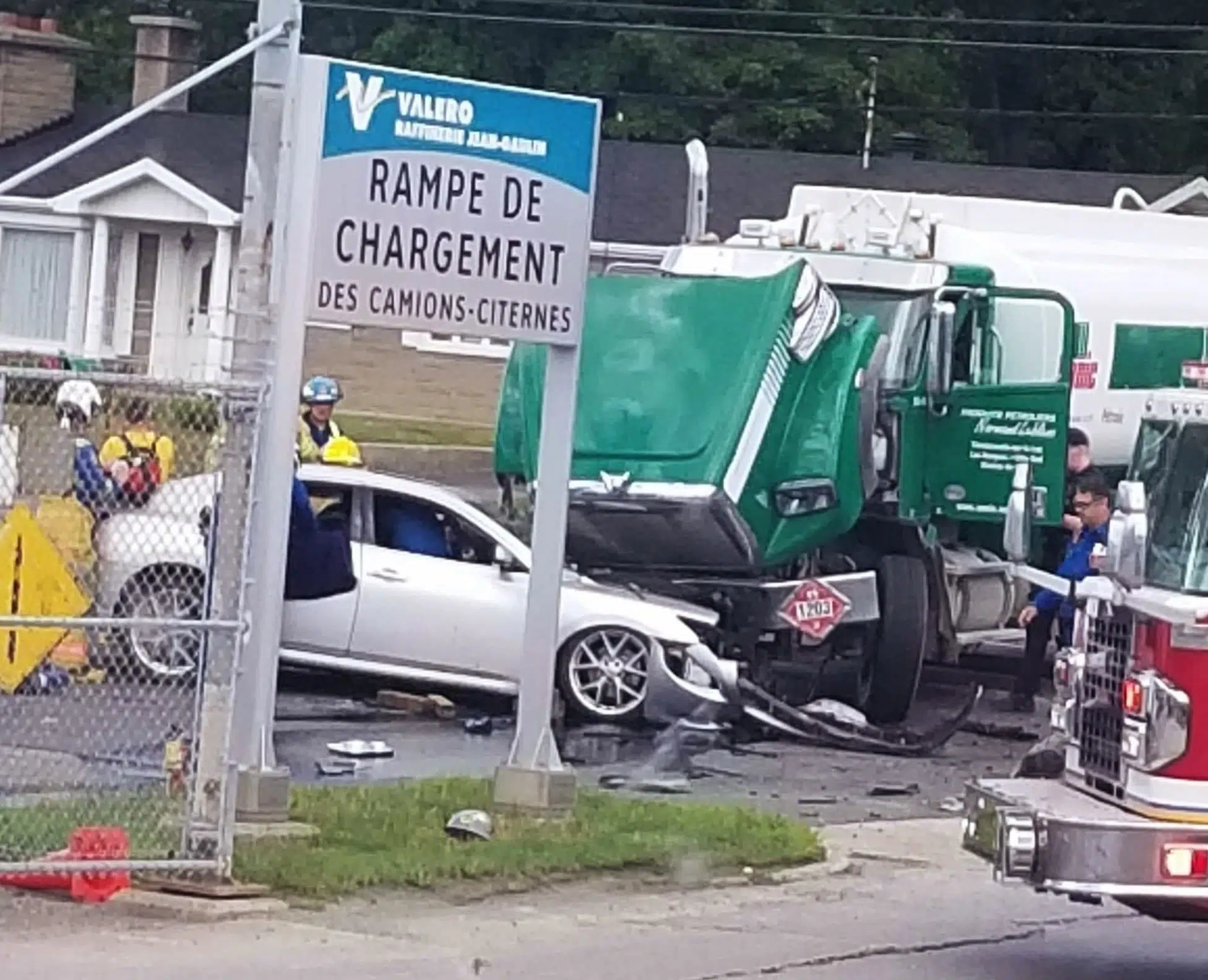
From your Chick who would like to see a difference on Quebec roads when she goes back to work.



